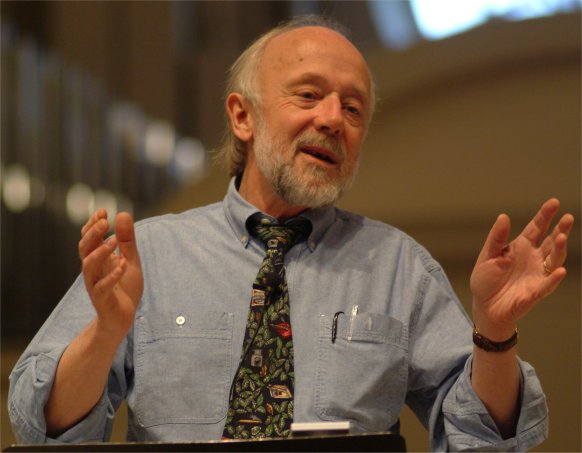Starter Questions For a Study Group
- Share the best thing that happened to you this week.
- Share the worst thing that happened to you this week.
- Share a time last week when you saw God at work in your community or in another person.
- How does Borg's transformist understanding of the Christian journey affirm or challenge your own understanding of Christian discipleship?
- If transformation is realized by concepts as well as practices, how does the concept of being "Christed" ("Christened", transformed into the "likeness of Christ", raised up into the "full stature of Christ") affect you?
- If transformation is more of an "inside job" (the fruit of life in the Spirit and ethos of the community of Jesus), what place is there for the external practices of living a holy life? What is the relationship, if any, between outer conformity and inner transformation?
__________________________________________________
Discipleship involves becoming compassionate. "Be compassionate as God is compassionate" is the defining mark of the follower of Jesus. Compassion is the fruit of life in the Spirit and the ethos of the community of Jesus.
Thus we have what I would I would call a transformist understanding of the Christian life, an image of the Christian life richer and fuller than the fideistic and moralistic images I described in chapter 1. It is a vision of the Christian life as a journey of transformation... from life under the lordship of culture to the life of companionship with God.
It is an image of the Christian life not primarily as believing or being good but as a relationship with God. That relationship does not leave us unchanged but transforms us into more and more compassionate beings, "into the likeness of Christ."
Marcus Borg ~ "Meeting Jesus Again for the First Time"














